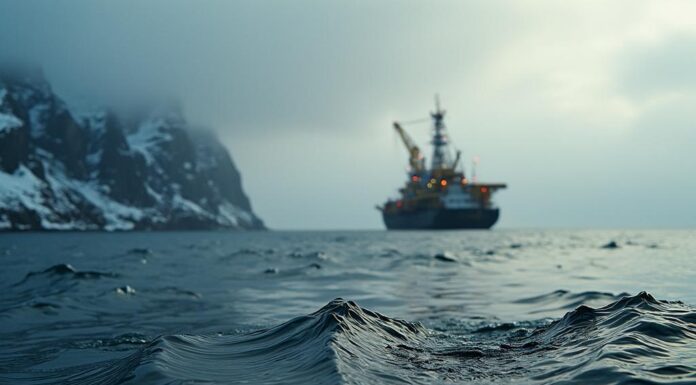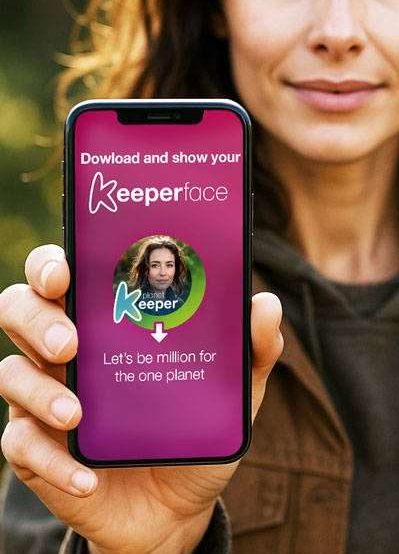The Push for Underwater Riches
Norway has earmarked approximately 281,000 square kilometers of its continental shelf for potential mining, targeting essential metals like cobalt and manganese which are pivotal for electric vehicles (EVs) and renewable energy infrastructures. Initially poised to open 386 license areas by mid-2024, these plans were delayed following intense activism and subsequent political recalibration. In response to escalating concerns over the environmental impacts, the Norwegian government adjusted its budget, boosting funding for seabed mineral resource and environmental mapping from 30 million kroner to 150 million kroner.
Ecological Concerns versus Economic Benefits
The allure of deep-sea mining lies in its promise to reduce the terrestrial footprint of mineral extraction—claims suggest these operations could diminish deforestation, pollution, and land use disputes inherent in traditional mining methods. However, independent studies and over 900 ocean scientists worldwide express apprehension regarding insufficient scientific knowledge about the deep-sea ecosystems. These environments are less disturbed by human activity but are critically important for global biodiversity and carbon sequestration processes.
Critics argue that sediment plumes generated by seabed mining could cloud vast areas of the ocean, disrupting marine life and nutrient cycles critical for carbon absorption. Noise pollution from extraction machinery also poses significant threats to marine mammals reliant on sonar communication.
Technological Advancements and Regulatory Challenges
As exploration plans forge ahead, Norwegian start-ups like Adepth Minerals highlight strides in minimizing environmental impacts through innovative technology. The increased government investment in resource mapping technologies underscores a commitment to more informed exploration strategies. Yet, despite these advancements, regulatory frameworks remain under scrutiny. Legal challenges like those from WWF-Norway contest that current assessments of environmental impact fall short of legal standards.
A Balanced Future: Sustainable Alternatives to Seabed Mining
As discussions about resuming explorations continue—with governmental assurances of revised plans by 2026-2027—the narrative shifts slightly toward alternatives that could circumvent the need for seabed mining altogether. Advocates point to enhanced metal recycling, urban mining initiatives, and even systemic changes such as reducing overall material demand through ‘degrowth’ policies and improved transit systems.
Experts suggest that focusing on these alternatives not only addresses environmental concerns but also alleviates social and economic pressures from local communities potentially affected by mining activities. These communities include indigenous populations like the Sámi people whose livelihoods are closely intertwined with marine resources.
KEY FIGURES
- Norway planned to open approximately 386 license areas in the Norwegian Sea for deep-sea mining exploration as of mid-2024 (Source: Mongabay, 2024)[2].
- The area initially considered for mining in the Arctic region is roughly 281,000 square kilometers, comparable to the size of Italy (Source: Greenpeace UK, 2024)[1]; (Revolve, 2024)[5].
- Norwegian government increased funding for seabed mineral resource and environmental mapping from 30 million kroner (~$2.9 million) to 150 million kroner (~$14.3 million) in 2025 to support exploration and impact assessments (Source: Mongabay, 2025)[3].
- Over 900 ocean scientists globally and 119 European parliamentarians have called for a pause or halt to deep-sea mining in Norway, citing environmental concerns (Source: Greenpeace UK, 2024)[1].
RECENT NEWS
- December 2024: Following intense activism and political pressure, the Norwegian government agreed to halt the first licensing round for deep-sea mining in Arctic waters until at least the end of 2025 (Source: Greenpeace UK, 2024)[1].
- November 2024: WWF-Norway sued the Norwegian government, alleging the strategic environmental impact assessment for seabed mining was legally insufficient and the licensing decisions were “illegal.” The trial began on November 28, 2024 (Source: WWF Norway, 2024)[4].
- April 2025: Despite the licensing delay, Norwegian officials confirmed plans to resume licensing rounds in 2026-2027, with exploration programs to follow before any exploitation (Source: Mongabay, 2025)[3].
- October 2024: Norwegian Parliament passed the deep-sea mining approval with an 80 to 20 vote, signaling strong political support despite environmental opposition (Source: Revolve, 2024)[5].
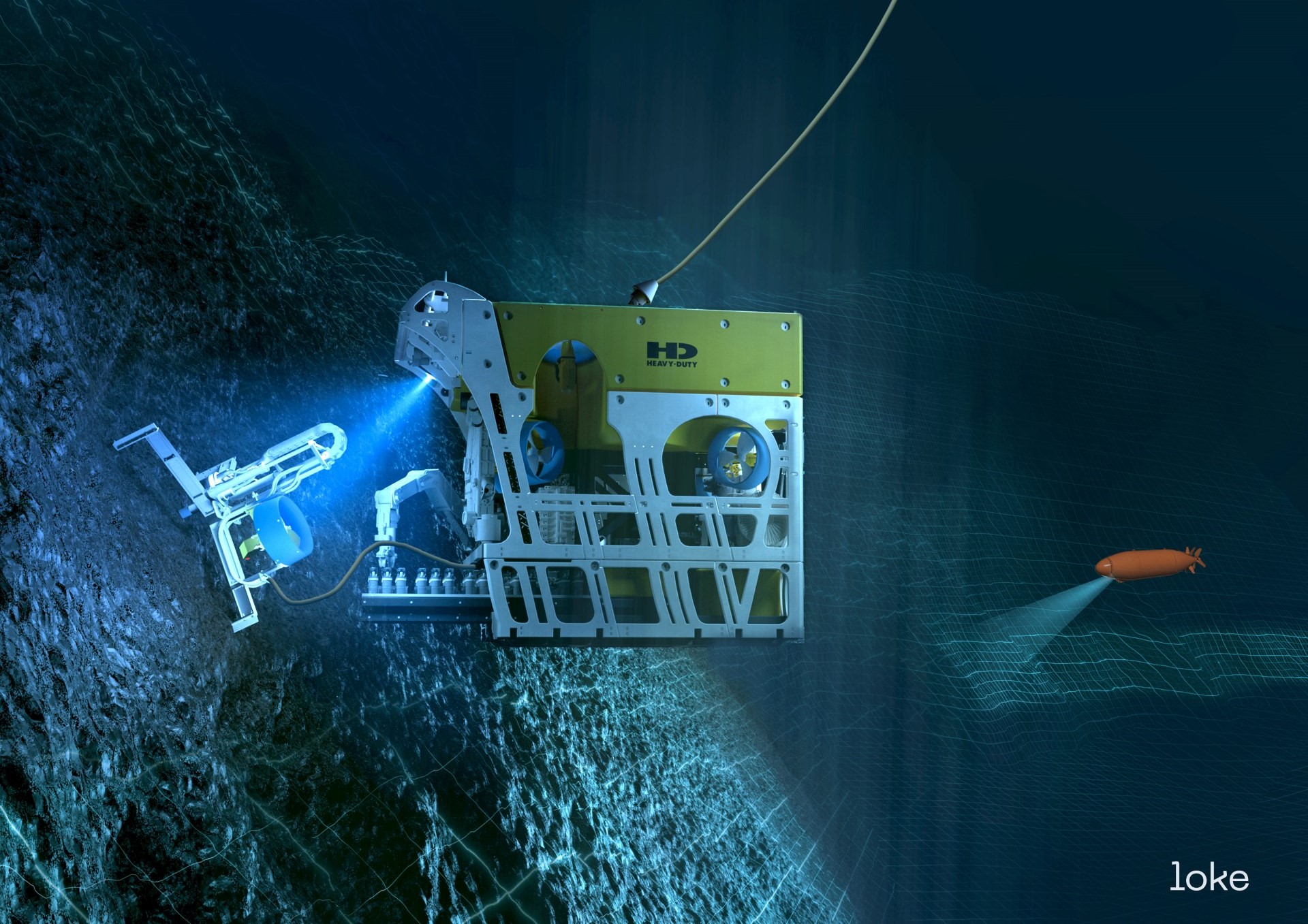
STUDIES AND REPORTS
- The Norwegian Environment Agency expressed concerns about insufficient scientific knowledge to ensure deep-sea mining can be conducted without harming marine ecosystems, emphasizing the need for more research before exploitation (Source: Mongabay, 2024)[2].

- Independent scientific consensus warns about ecological unknowns such as sediment plumes, noise pollution, disruption of carbon sequestration, and potential biodiversity loss in deep ocean habitats targeted for mining (Source: Greenpeace UK, 2024; WWF Norway, 2024)[1][4].
- Lifecycle assessments comparing seabed metals to terrestrial mining highlight lower immediate carbon footprint claims but emphasize the deep ocean’s poorly understood role in global ecological cycles, urging caution (Source: Greenpeace UK, 2024; Mongabay, 2024)[1][2].
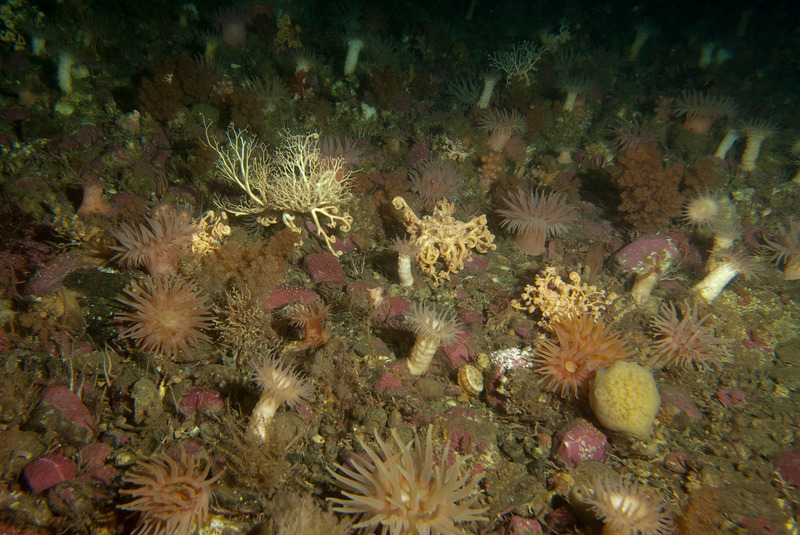
- Research advocates for alternatives to seabed mining including enhanced recycling of battery metals, urban mining, battery size reduction, and systemic policies like transit improvements and degrowth to reduce material demand (Source: Greenpeace UK, 2024; Mongabay, 2024)[1][2].
TECHNOLOGICAL DEVELOPMENTS
- Norwegian start-ups like Adepth Minerals are involved in developing seabed mineral extraction technologies, emphasizing collaboration between industry and academia to minimize environmental impacts and build knowledge before full-scale mining (Source: Mongabay, 2024)[2].
- Increased government investment into environmental and resource mapping technologies is underway to better understand seabed mineral deposits and associated ecosystems before issuing exploitation licenses (Source: Mongabay, 2025)[3].
MAIN SOURCES
- https://www.greenpeace.org.uk/news/arctic-deep-sea-mining-plans-stopped-in-norway/ — Greenpeace UK coverage on licensing halt and environmental opposition.
- https://news.mongabay.com/2024/10/norway-poised-to-sail-past-opposition-with-deep-sea-mining-licensing-plans/ — Detailed report on Norway’s licensing plans, stakeholder views, and environmental concerns.
- https://news.mongabay.com/2025/04/with-deep-sea-mining-plans-in-limbo-norwegian-companies-fold-or-dig-in/ — Update on licensing delays, government funding increases, and industry status.
- https://www.arcticwwf.org/newsroom/news/wwf-norway-sues-norwegian-government-over-illegal-deep-sea-mining-impact-assessment/ — WWF Norway’s legal challenge against the government.
- https://revolve.media/features/deep-sea-mining-norway — Background on Norwegian political decisions, mining areas, and ecological risks.
Other references:
This synthesis reflects recent developments through mid-2025, highlighting Norway’s tentative advance toward deep-sea mining amid strong scientific, environmental, and indigenous opposition. The pause on licensing rounds emphasizes the unresolved ecological risks and the need for precaution, despite government and industry optimism about mining’s role in the green transition.
greenpeace.org.uk – Arctic deep sea mining plans stopped in Norway – Greenpeace UK
news.mongabay.com – Norway poised to sail past opposition with deep-sea mining …
news.mongabay.com – With deep-sea mining plans in limbo, Norwegian companies fold or …
arcticwwf.org – WWF-Norway Sues Norwegian Government Over “Illegal” Deep Sea …
revolve.media – Norway: The new deep-sea mining ambition – REVOLVE
earth.org – Source
bbc.com – Source
news.mongabay.com – Source
theguardian.com – Source
politico.eu – Source
hir.harvard.edu – Source
bbc.com – Source
interestingengineering.com – Source
nature.com – Source
npr.org – Source
frontiersin.org – Source
nature.com – Source
nature.com – Source
nature.com – Source
